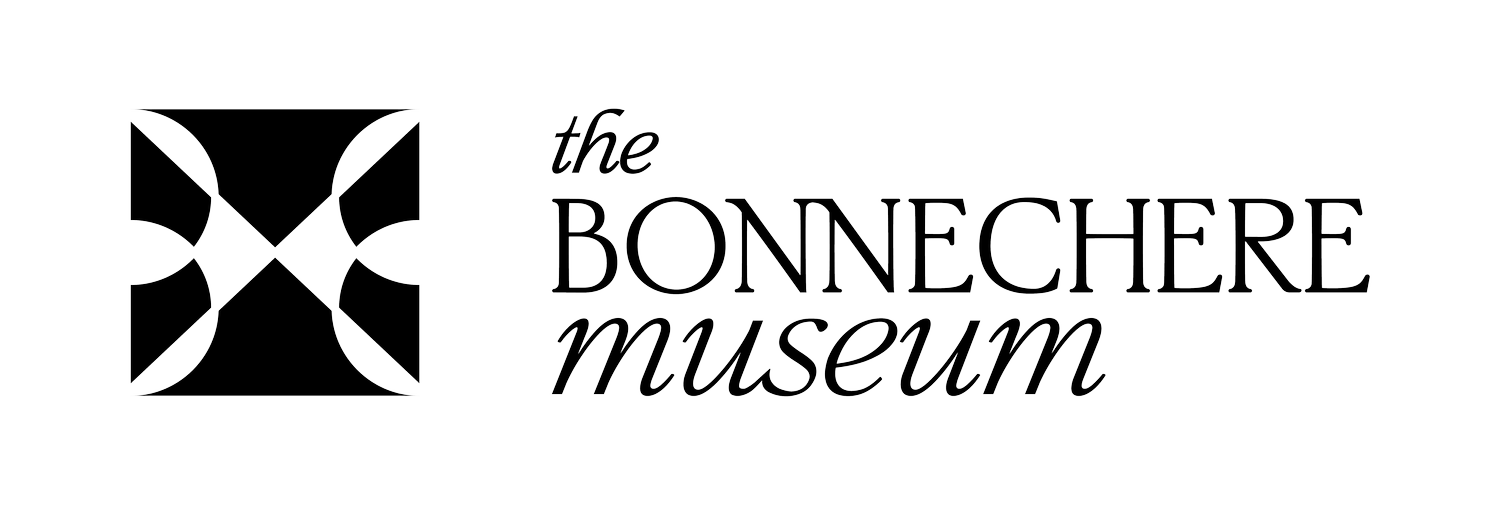Museum FAQ
Many people are showing enthusiasm for our museum and are asking a wide range of questions.
The following is a FAQ; that is, a list of Frequently Asked Questions and answers.
What is an artifact?
An artifact is anything made by human work or art. The museum's main function is to collect, preserve, and display local historical artifacts. Artifacts can include native arrowheads, photographs, sketches, postcards, or books. Collections are artifacts too: photographs, personal papers, official records, newspapers, books, horse or ox shoes, maps, scrap books, or figurines. A typical museum also promotes the rich history of its area by activities such as identifying heritage properties and buildings, and educational tours that may include hands-on experiences, such as carving or quilting, rock polishing or making music.
Will the museum do more than collect artifacts?
Yes, it will promote local artists, sculptors, writers, photographers, musicians, performers and researchers, with public exhibits showcasing these cultural talents.
Why did you call your plan "cultural landscapes"?
Although the term has several meanings, it is a composing guideline to make display projects historically meaningful. Here's the plan in a simple formula: geographic location and dates + importance of artifacts + people involved and affected + attractive layout or presentation = cultural landscape = interesting, meaningful exhibit.
I'll volunteer to do a display project for our museum, but can you help me get started?
One way is to start with an artifact that you believe should be in our museum, such as a moustache cup or a land deed. Then, compose a description applying the formula to it: where and when, what it reveals about particular people, perhaps its impact on others, and create an attractive layout about 30 inches by 40 or a bit smaller. Another way to begin is to start with an idea such as the Bonnechere Road or the Opeongo Line or a heritage house or barn, and apply the formula, but, along with the written information, create your own artifact: a map or drawing. A third way is to get three or four people together and prepare a display project such as barbershops of the area, or garages or dairies or saw mills, grocery stores, or uses for horses; baby clothes, wedding dresses, or quilts; fishing or game records, sports or racing trophies. A fourth way is to start a once a week workshop. This could be an activity for a group to prepare some cultural landscape displays for the spring opening. One person might write, another draw, a third collect pictures or artifacts, a fourth type, a fifth do the layout.
What sources are available for finding historical dates and facts?
The library has books and materials, and there are private sources that people will share, such as the Old Home Week book. The Eganville Leader has a wealth of local history. In addition, these are helpful: Clyde Kennedy's, The Upper Ottawa Valley, published by Renfrew County Council, 1970 and Roderick MacKay's, Spirits of the Little Bonnechere, 1800 - 1920, published by Friends of Bonnechere Park, Design House and FDR Printing, Pembroke, 1996.
Don't the words heritage and historic mean the same thing?
Ann Faulkner says heritage refers to something inherited from our cultural past with no judgment made as to whether it is good or bad. Historic goes a step further in that it refers to something inherited from the past but also carries a definite suggestion of value, importance or fame.
What is a museum? Will it be different from the library?
The International Council of Museums (ICOM) defines a museum as: "A non-profit making, permanent institution in the service of society and of its development, and open to the public, which acquires, conserves, researches, communicates and exhibits, for purposes of study, education and enjoyment, material evidence of people and their environment." A museum collects and exhibits artifacts of local significance. The library collects and circulates books and other reading materials from worldwide sources. Although displays and educational programs may be part of a library, the main emphasis is on reading materials and research resources.
"Through interpretation understanding; through understanding, appreciation; through appreciation, protection." (F. Tilden)
